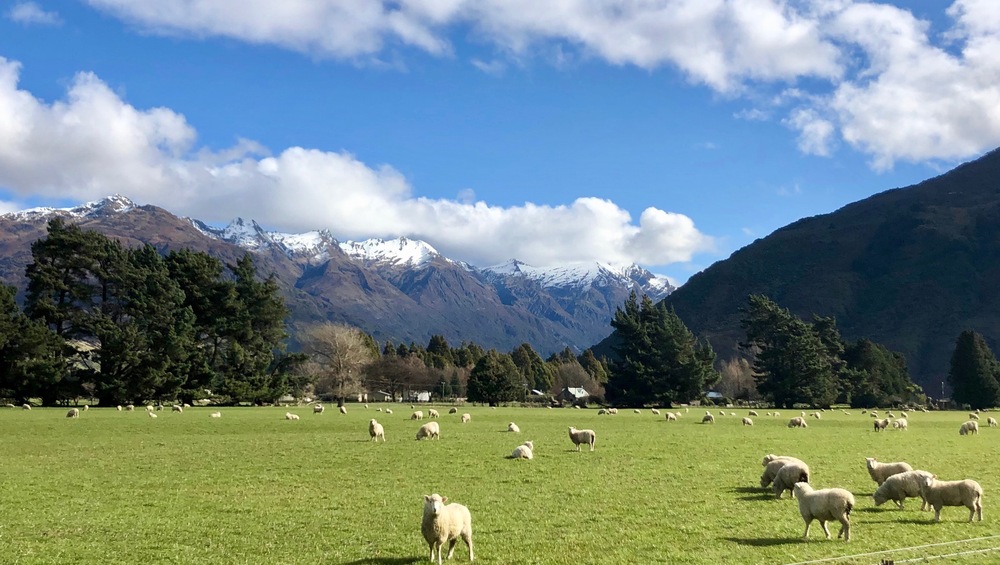Report paints picture of Otago economy
Maddy Harker
15 August 2023, 5:00 PM
 Residential use makes up just 1.1 percent of Otago’s land use, a new report has found.
Residential use makes up just 1.1 percent of Otago’s land use, a new report has found.A report released this week shows that rural land production and tourism underpin the structure of the Otago economy, Otago Regional Council (ORC) senior economist and report author Dr Ann Yang says.
The two activities also provide most of Otago’s export earnings - with tourism making up 19 percent and rural land production making up 48 percent.
Dr Yang said she found that natural resources play a “fundamental” role in the economy and servicing the needs and wants of local communities.
“Otago’s land and freshwater enables, amongst other things, the production of food and fibre, attenuation of waste, building of communities, and supply of leisure and recreation,” she said.

Primary production makes up around 70 percent of land use in the region, and rural land production makes up for 48 percent of export earnings.
The report also paints a picture of a “highly connected” Otago economy, with important links identified between growing and food processing industries and strong economic connections with neighbouring regions, Dr Yang said.
Primary production also makes up around 70 percent of the region’s land use.
The balance is made up from forestry (4.1 percent), commercial and industrial (0.4 percent), residential use (1.1 percent), public use (1.0 percent), and rivers, lakes and the conservation estate (23 percent).

The region’s natural resources play a significant role in the economy, the report found.
While the region has 12 percent of the nation’s total land area and around 23 percent of its lake surface area, it has only five percent of New Zealand’s population.
Dr Yang said the report also points to key differences within the region’s five territorial authorities.
“In general, inland parts of Otago - Queenstown Lakes District and Central Otago District - are drier and contain less versatile land; more conservation estate and lakes/rivers; less intensive land use; and fewer communities are deprived of necessities,” Dr Yang said.
“Water availability and the pressure from rapid population growth are two of the key challenges facing these communities.”
Other districts face different challenges: Coastal Otago (Waitaki District, Dunedin City, and Clutha District) generally has more temperate climate and rainfall, more versatile land and higher percentage of intensive land use, but relatively more communities are deprived of necessities.
Challenges faced in these district’s include water availability and quality and population.
The report, the ‘Otago Region Economic Profile for Land and Water’, is one of two that were released this week which shed light on the importance of natural resources to Otago’s economy and the diversity of its primary sector
The other report, ‘Otago’s Rural Businesses and Environmental Actions for Freshwater’, tests the impacts of possible environmental actions for six primary industries.
Dr Yang noted this was only the second time such a detailed and comprehensive analysis of a regional primary sector has been undertaken in New Zealand - the other being a report for Southland.
“As a result, a deeper understanding of the diversity, complexity and the degree of integration between and within the industries as well as with the wider regional economy and society emerged,” Dr Yang said.
Input was provided by a new industry advisory group featuring Beef + Lamb New Zealand, Deer Industry New Zealand, Foundation for Arable Research, DairyNZ, Horticulture New Zealand, and Central Otago Winegrowers.
Read the reports here and here.
PHOTOS: Wānaka App






